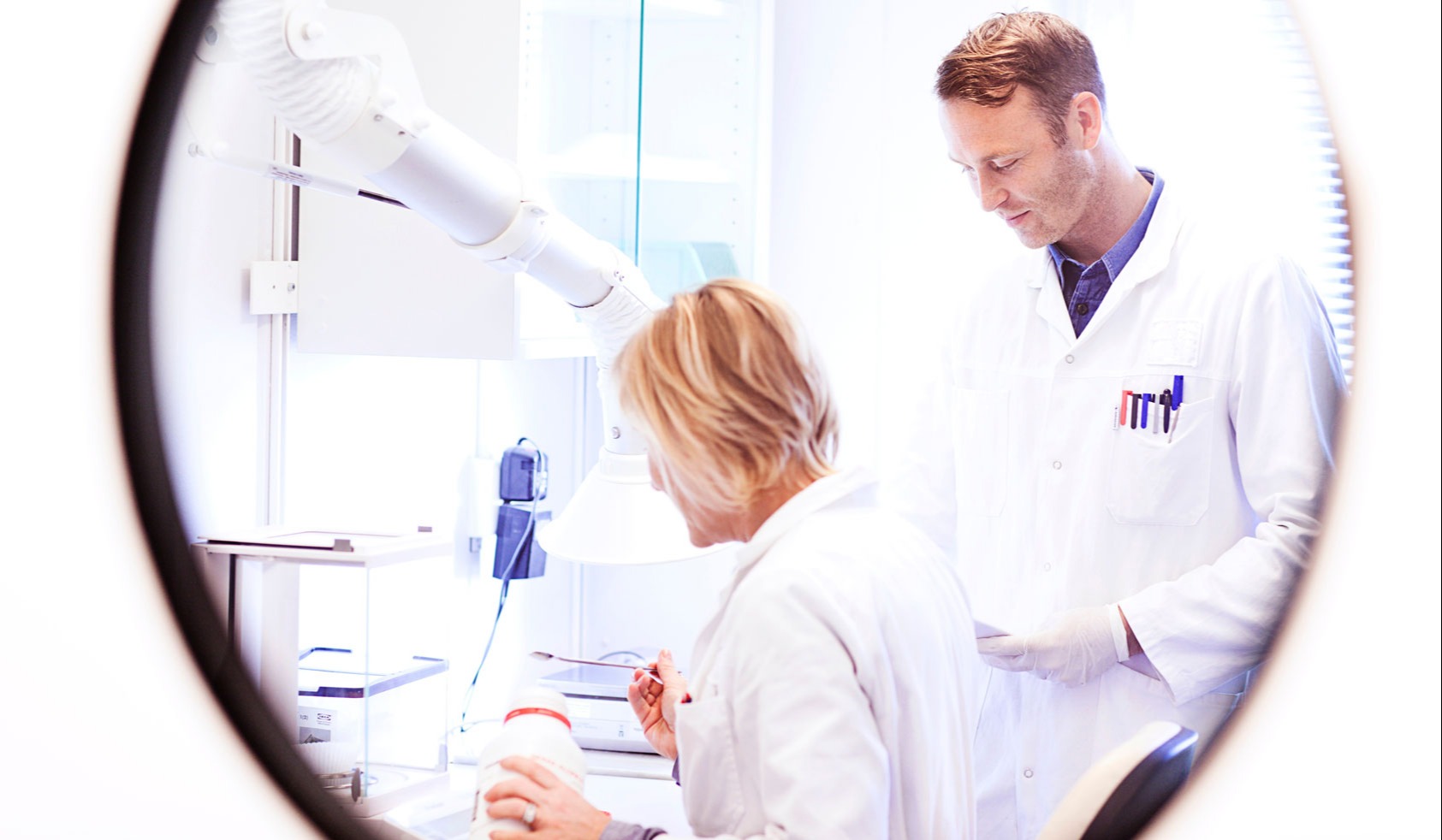- Other Products
- CCP
The complement system is an important part of the innate immune system.There are three pathways by which it can be activated: the classical, lectin and the alternative pathway. All pathways converge at the level of Complement component C3 and eventually proceed to form aC5b-9 complex which might cause tissue damage at the site of activation.


The complement system is an important part of the innate immune system.There are three pathways by which it can be activated: the classical, lectin and the alternative pathway. All pathways converge at the level of Complement component C3 and eventually proceed to form aC5b-9 complex which might cause tissue damage at the site of activation.
Complement component C4d is a split product of C4 activation with no known biological function. It is a marker of the classical pathway but can also be generated via the lectin pathway.
C4d was introduced in daily clinical practice in the late 1990s and has been used mainly as a biomarker for antibody-mediated graft rejection. It has become a valuable tool for the detection of antibody-mediated rejection in many transplanted organs, e.g., kidney, heart, lung, liver and pancreas.
C4d has a special property that makes it very well suited for use as a biomarker: It can bind to the site of the damaged tissue using a strong covalent bond that is not easily broken. The blood stream readily clears soluble and weakly bound molecules, leaving C4d behind at the site of the complement activation. Not surprisingly, C4d has been named “a magic marker” due to its stability, strong association with antibody-mediated rejection and impact on graft survival and patient treatment*.
In addition to its role in transplantation, C4d is showing great promise as a biomarker in other areas where antibodies can cause tissue damage, such as in SLE and other autoimmune diseases and pregnancy. Furthermore, C4d may be of both diagnostic and prognostic value in different types of lung cancer.
*) Nickeleit et al. Nephrol. Dial. Transplant. 2003; 18:22232-9
So far, complement biomarkers are limited to a small number of diseases. However, complement biomarkers for a huge number of disorders could be used in patients where the baseline activity is known. In a future of personalized medicine, it may be standard procedure to have your baseline complement activity analyzed as a reference for future tests. With the recent explosion in the development of complement-modulating pharmaceuticals, there will likely be an increase in demand for complement monitoring and biomarkers.
Svar has over 15 years’ experience of complement system assay development. Our complement system assays have been developed by our experienced scientists in close collaboration with key opinion leaders, to yield sensitive, reliable and easy-to-use products for the exploration of most aspects of the complement system.
The Svar Complement activity biomarkers give valuable intelligence in several situations where one might suspect that complement activation plays a role in the disorder. They are developed to target the unique neoepitopes only presented at the complement component or complex when activated.
Take advantage of our complement expertise and let us guide you on the Complement Pathway!